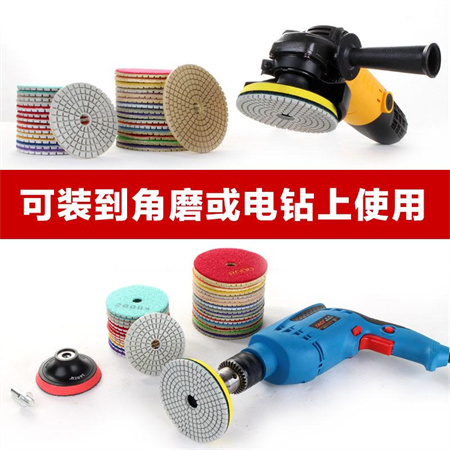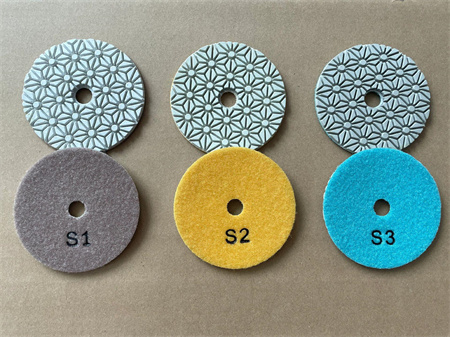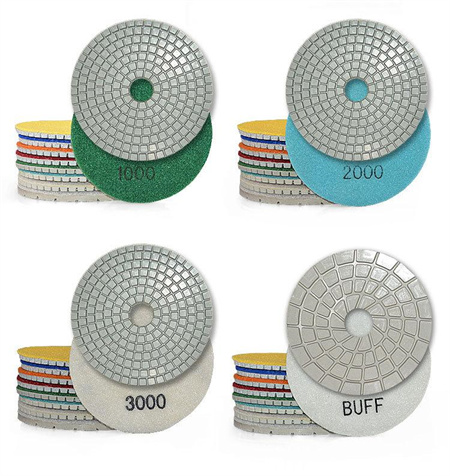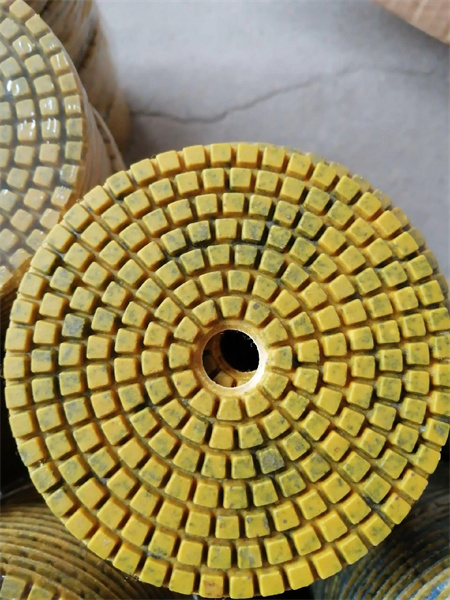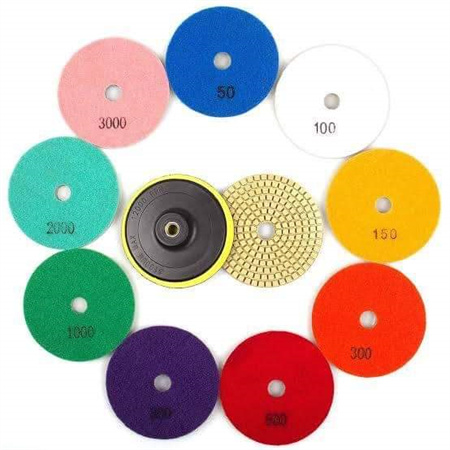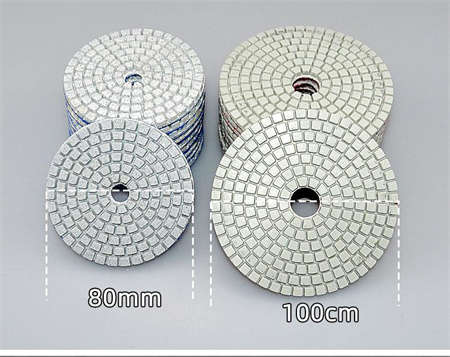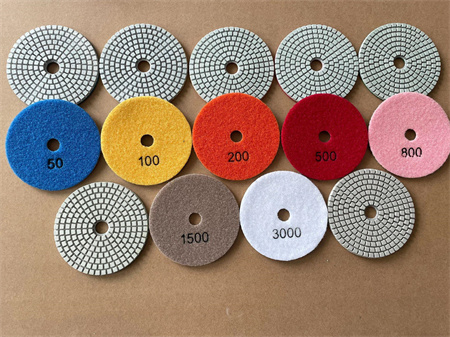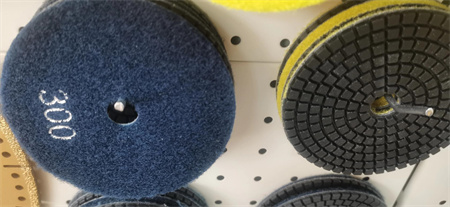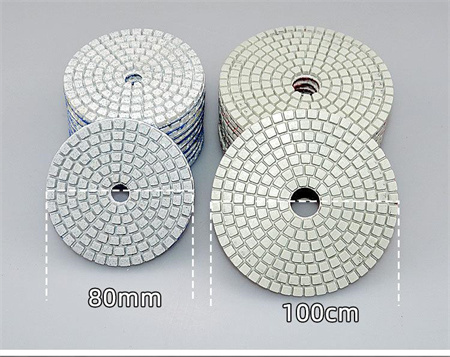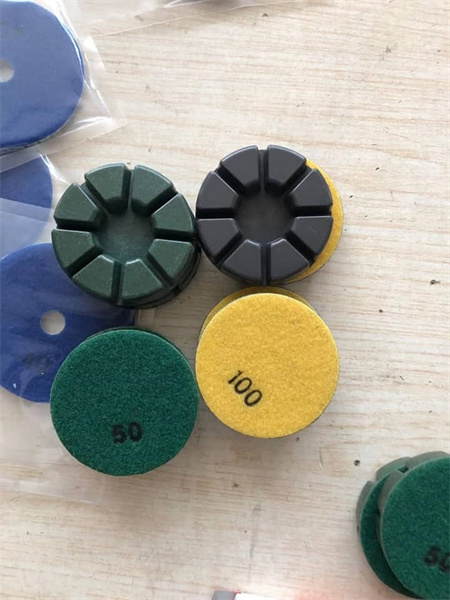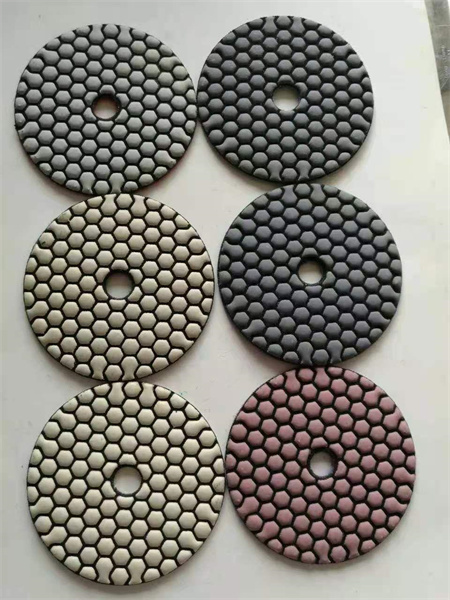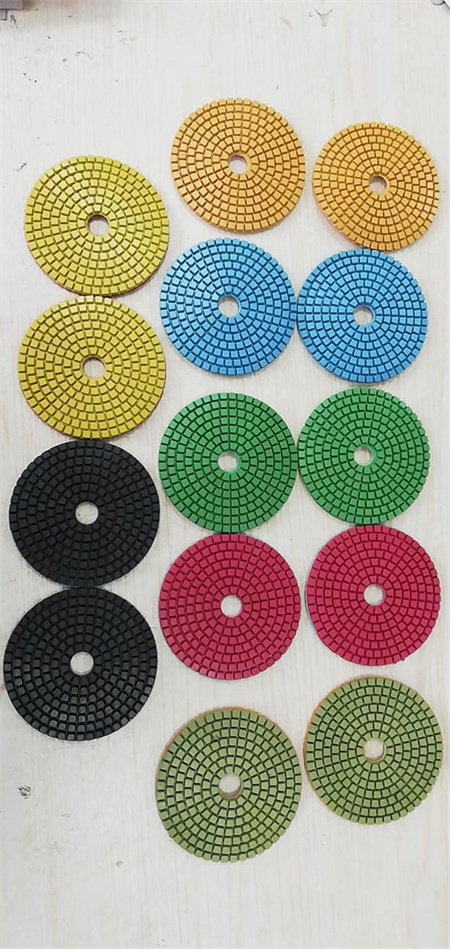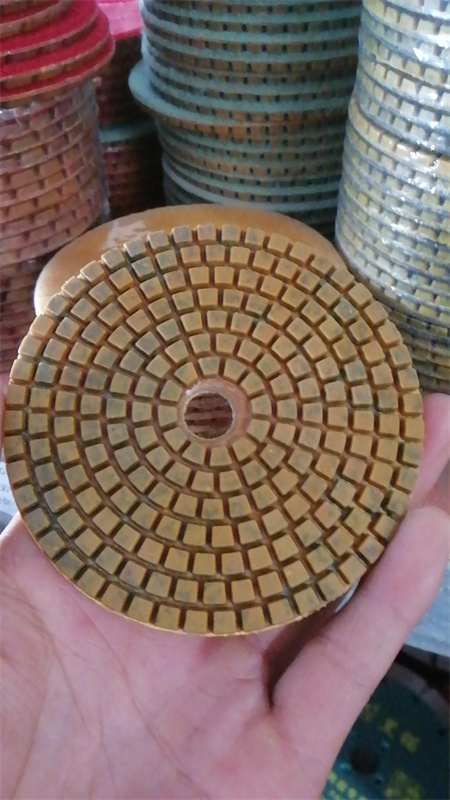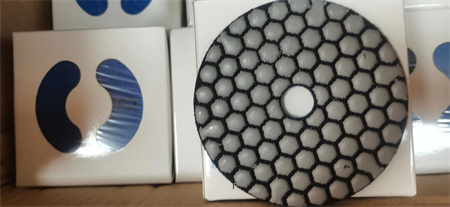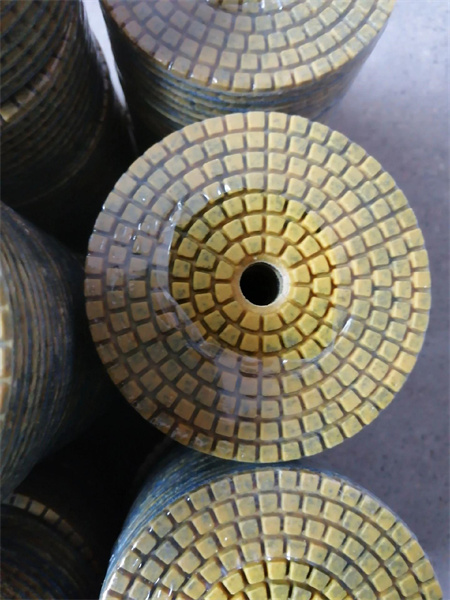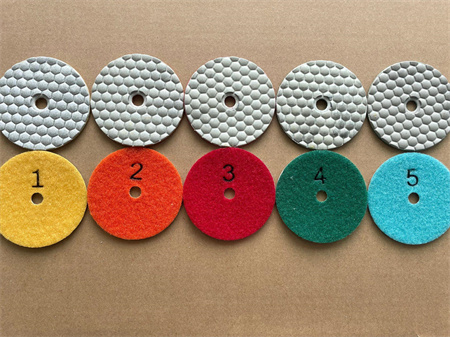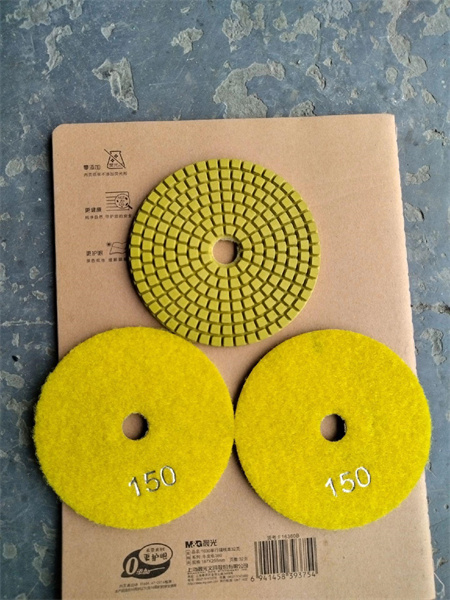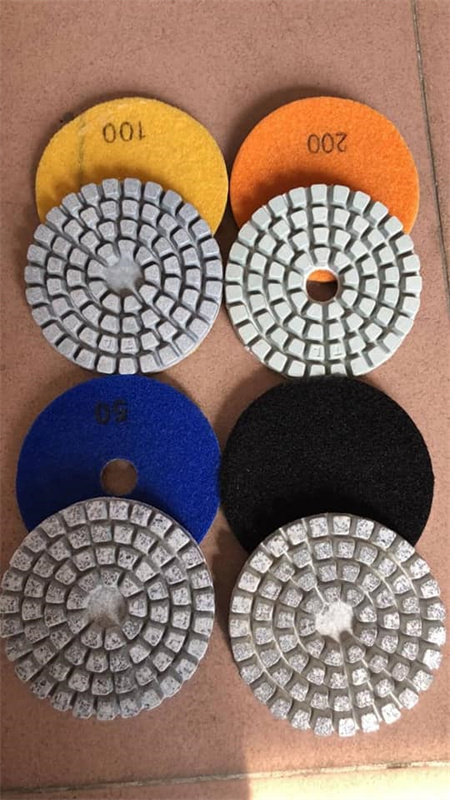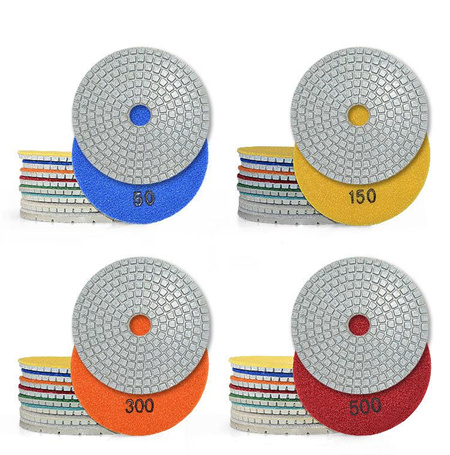Diamond Polishing Pads Market Potential for Wholesalers
The diamond polishing pads market has witnessed significant growth in recent years, offering lucrative opportunities for wholesalers looking to tap into this dynamic industry. These pads, which are integral to the stone and concrete polishing processes, provide unmatched precision and shine, making them highly sought after by a diverse range of industries, from construction to the automotive sector.
Wholesalers in this market stand to benefit greatly from the increasing demand for diamond polishing pads across various applications. As construction and renovation projects surge globally, the need for high-quality stone, marble, and granite polishing solutions is on the rise. Diamond polishing pads, with their durability and efficiency, have become the go-to choice for professionals in these fields. Whether it’s for residential, commercial, or industrial purposes, the demand for these tools is set to grow as the construction industry continues to expand.
In addition to traditional applications, diamond polishing pads are gaining traction in new sectors. The automotive industry, for example, has begun to adopt these pads for vehicle paint finishing and restoration processes. The ability of diamond pads to achieve a high-gloss finish on a variety of surfaces makes them versatile tools, expanding their potential in niche markets. With this shift, wholesalers can diversify their offerings and cater to an even broader customer base.
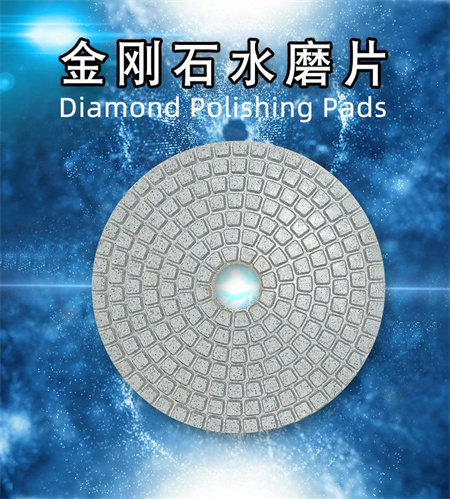
The global nature of the diamond polishing pads market further strengthens the opportunity for wholesalers. International trade and the rise of e-commerce platforms make it easier than ever for suppliers to reach a wider audience. As wholesalers, the ability to tap into both local and global markets can lead to increased sales and brand recognition. By offering a range of diamond polishing pads suited for different tasks, wholesalers can position themselves as trusted suppliers in a competitive marketplace.
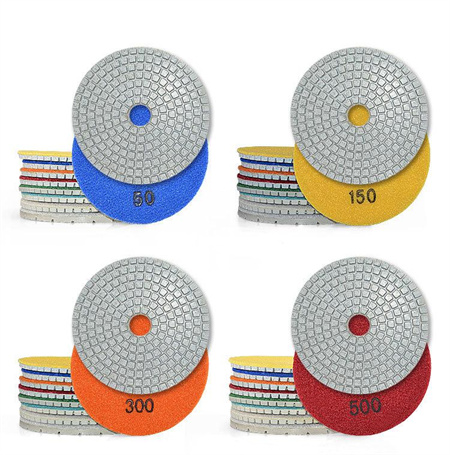
Technology plays a key role in the growth of this industry. Manufacturers are continuously developing innovative polishing pads that offer greater longevity and superior performance. By staying updated with these technological advancements, wholesalers can provide customers with cutting-edge products that meet the latest industry standards. Offering high-quality, technologically advanced diamond polishing pads can set wholesalers apart from the competition, attracting both new and repeat business.
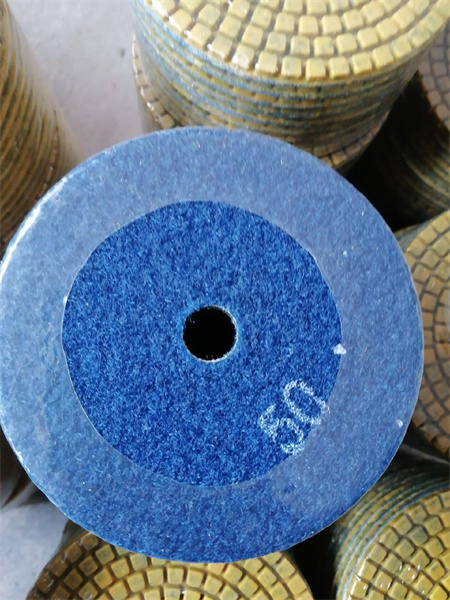
As the demand for high-quality surface finishing products continues to rise, the potential for wholesalers in the diamond polishing pads market is undeniable. By aligning with the latest trends, focusing on customer needs, and offering innovative solutions, wholesalers can capture a significant share of this expanding market and set themselves up for long-term success.

